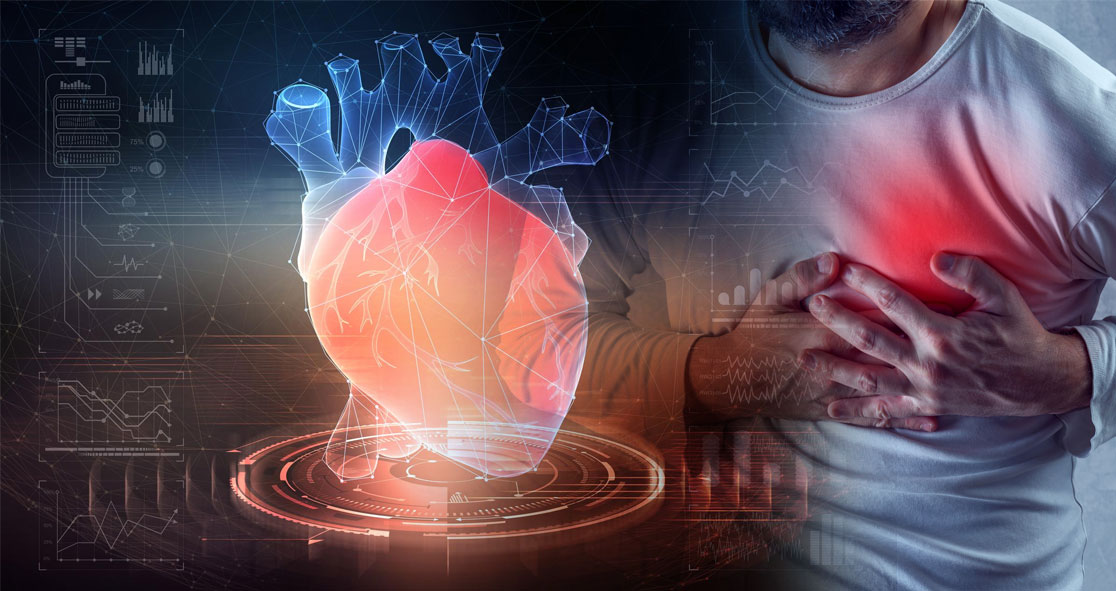Scientists at the Smidt Heart Institute at Cedars-Sinai have developed an artificial intelligence (AI) tool that can detect two life-threatening heart conditions, according to Science Daily.
The AI tool can also distinguish between the two heart conditions – hypertrophic cardiomyopathy and cardiac amyloidosis – which often go undiagnosed.
Senior researcher Dr. David Ouyang said, “These two heart conditions are challenging for even expert cardiologists to accurately identify, and so patients often go on for years to decades before receiving a correct diagnosis. Our AI algorithm can pinpoint disease patterns that can’t be seen by the naked eye, and then use these patterns to predict the right diagnosis.”
The researchers, who published their findings in JAMA Cardiology, used a two-step, novel algorithm on over 34,000 cardiac ultrasound videos from Cedars-Sinai and Stanford Healthcare’s echocardiography laboratories.
The AI tool identified specific features related to the size of heart chambers and the thickness of heart walls, which can potentially help detect unrecognized cardiac diseases.
Dr. Ouyang, a cardiologist, said, “The algorithm identified high-risk patients with more accuracy than the well-trained eye of a clinical expert. This is because the algorithm picks up subtle cues on ultrasound videos that distinguish between heart conditions that can often look very similar to more benign conditions, as well as to each other, on initial review.”
In hypertrophic cardiomyopathy, the heart muscle thickens and stiffens. As a result, it is less able to relax and fill with blood, causing damage to heart valves, fluid buildup in the lungs, and abnormal heart rhythms.
On the other hand, cardiac amyloidosis, also called stiff heart syndrome, is a disorder caused by the accumulation of amyloid (abnormal protein) in the heart tissue, making it difficult for the heart to work properly. This condition often goes undetected as patients are asymptomatic or might experience symptoms sporadically.
Hypertrophic cardiomyopathy and cardiac amyloidosis are separate and distinct conditions, but they often look very similar to each other on an echocardiogram.
Dr. Ouyang explained, “One of the most important aspects of this AI technology is not only the ability to distinguish abnormal from normal but also to distinguish between these abnormal conditions because the treatment and management of each cardiac disease is very different.”
He said he hopes that this technology can be used to identify patients from very early on in their disease course. Early diagnosis and early treatment could be very effective for preventing the worst possible outcomes, such as hospitalizations, heart failure, or sudden death.
The researchers now plan to launch human trials using the AI algorithm for suspected cardiac amyloidosis and hypertrophic cardiomyopathy.
The study co-senior author Dr. Susan Cheng said, “The use of artificial intelligence in cardiology has evolved rapidly and dramatically in a relatively short period of time. These remarkable strides — which span research and clinical care — can make a tremendous impact in the lives of our patients.”






















